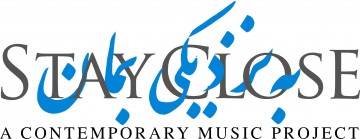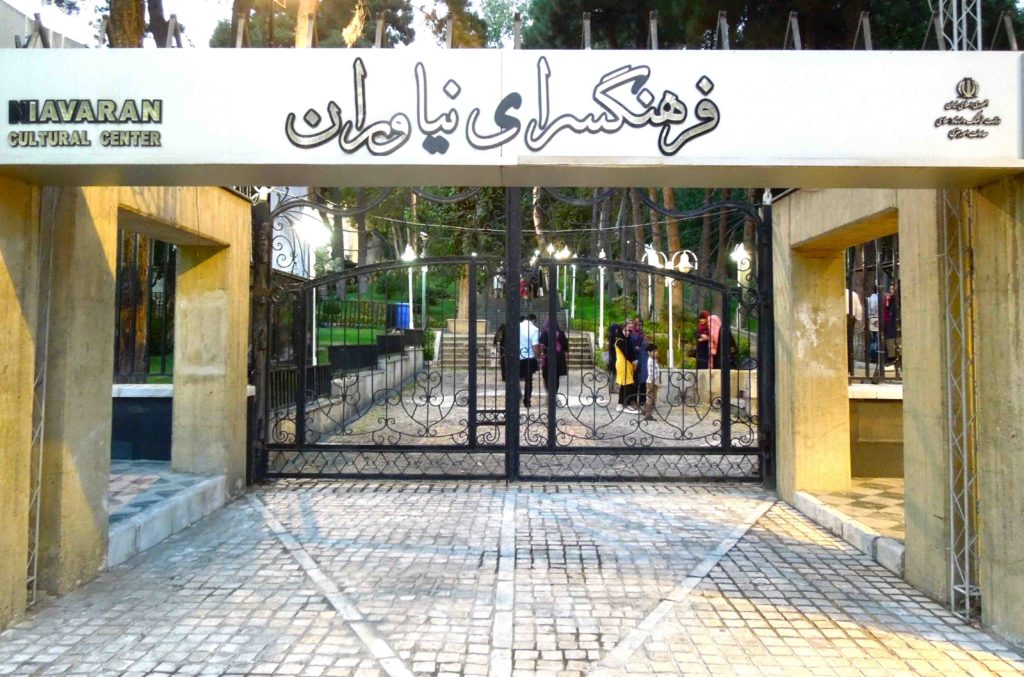Moshtagh-e Shiraz Group
A women-only concert is a strange experience – at once uplifting and tragic; exciting to see a stage filled with female performers and yet sad to relinquish all phones at the door for fear of photographing an unveiled woman in public. I experienced this paradox while watching the Moshtagh-e Shiraz Group perform at the Niavaran Cultural Centre in the North of Tehran. The eight-member all female ensemble was made up of a daf, tonbak, santoor, setar, tar, ud, nay and singer. They wore brightly coloured dresses inspired by traditional Iranian costume and were, like many members of the female-only audience, unveiled in public.
The group played a wide variety of traditional Iranian songs, many of which elicited excited cheers, singing, clapping and even some in-seat dancing from the crowd. The concert featured little improvisation, instead focusing on pieces characterised by instrumental rhythmic unison accompanying the vocal soloist. While watching the group perform onstage, I was struck by how unusual it is to see a stage filled with female performers. This is the case in countries across the world but has particular pertinence in Iran since it is currently illegal for women to sing solo to a mixed gender public. Perhaps because of this it was the vocalist’s performance (Zahra Bozorgmanesh) that elicited the loudest cheers from the crowd. Bozorgmanesh delivered a powerful and beautiful vocal which was tinged with sadness throughout. Perhaps this was because the lyrical content of the songs involved longing for a long love. Perhaps it was the vocal technique common to Iranian music in which the singer glottal stops a long vowel, producing the sound of grief-stricken wailing. Or perhaps it was the political reality in which Bozorgmanesh sings which lends her vocal performance an element of tragedy, confined as it is to private, women-only gatherings.


Leave a Reply